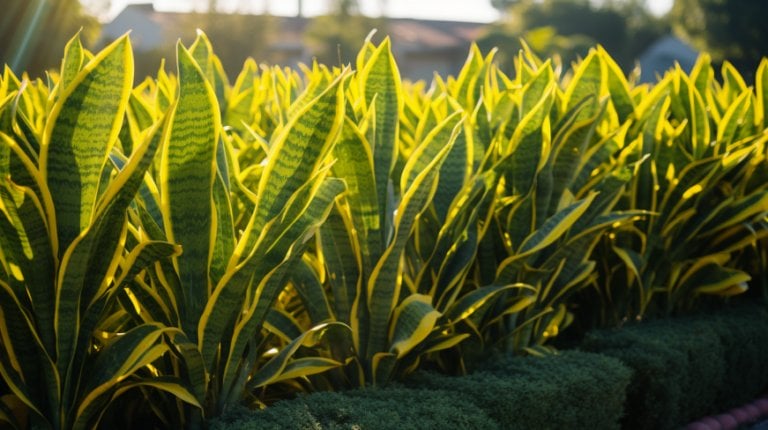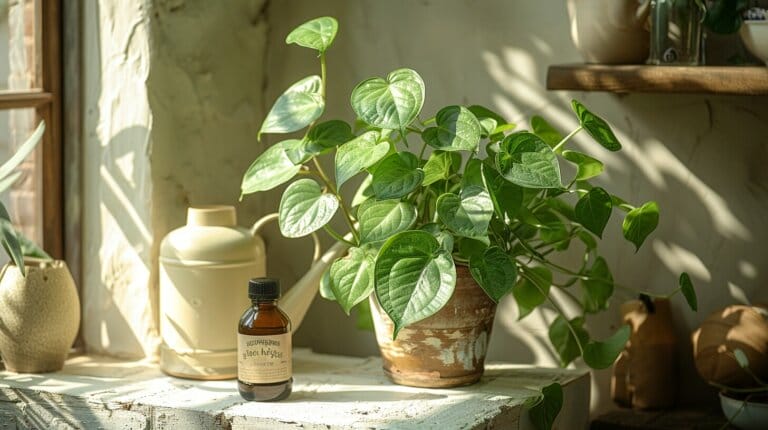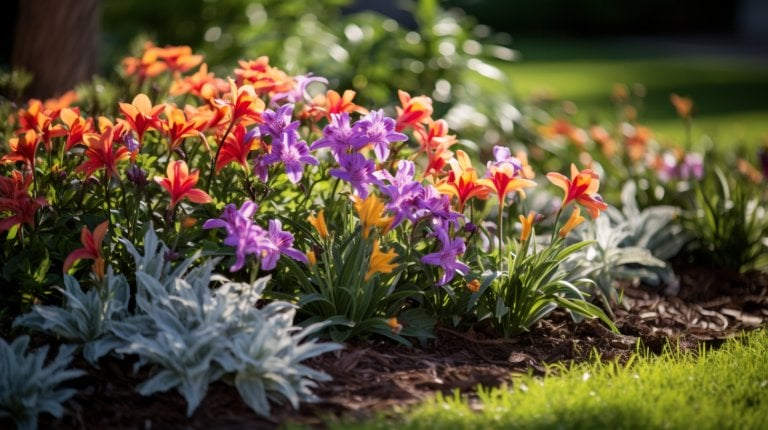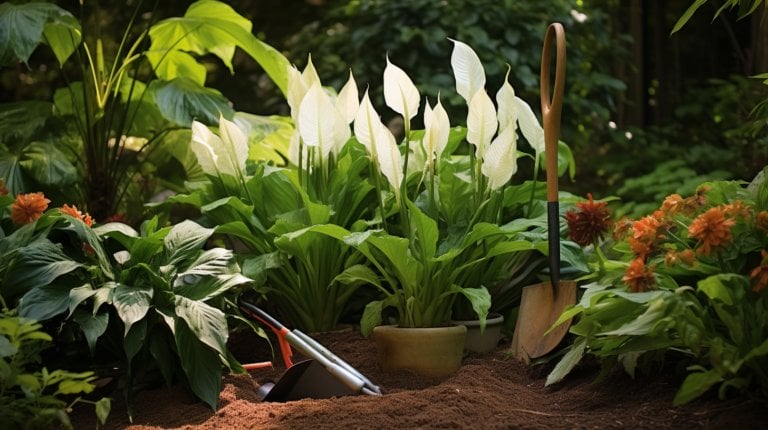Best Companion Planting Cilantro: Unlocking The Potential of Your Garden in 2024
Employing cilantro as a partner plant can considerably heighten the effectiveness and health of your garden. Establishing cilantro in sync with appropriate crops triggers a natural process for insect management, promoting growth and refining the flavor. We’ll delve into why cilantro serves as an outstanding companion in gardening and how to harness these advantages for a thriving environment.
As you carefully tuck a cilantro seedling into the soil next to a tomato plant, you’re not just envisioning a flavorful future for your salsa — you’re engaging in an age-old practice with significant benefits for your garden’s yield.
Key Takeaways
- Companion planting with cilantro, also known as coriander, enhances the growth of its companion plants.
- Cilantro attracts beneficial insects for natural pest control.
- Avoid planting certain plants like fennel, lavender, and potatoes, near cilantro, also known as coriander, as they can hinder its growth.
- Strategically arranging cilantro and its companion plants leads to maximum benefits.
Understanding the Basics of Companion Planting with Cilantro
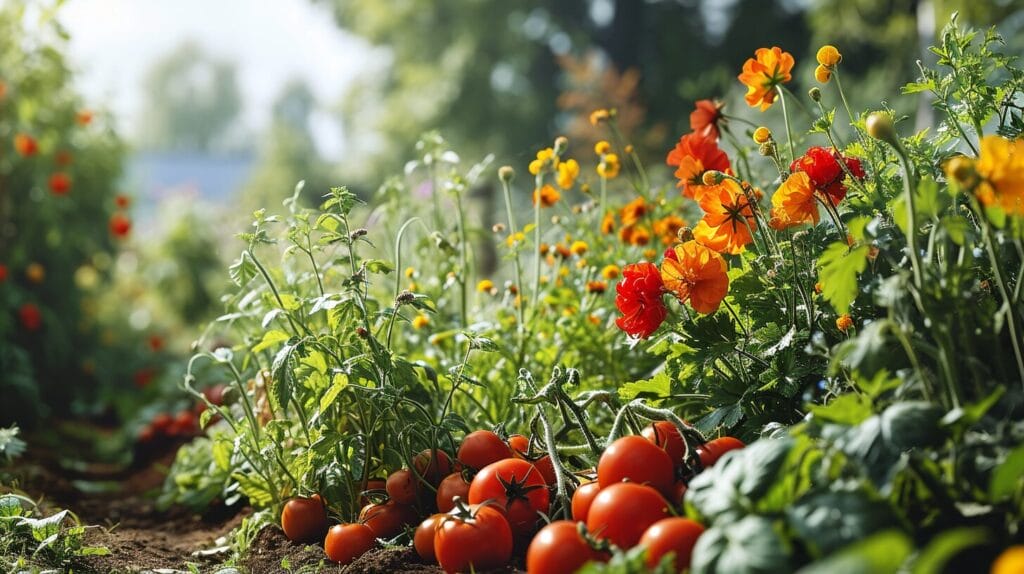
Companion planting is a gardener’s strategy for creating a thriving ecosystem, boosting cilantro’s vigor and natural pest deterrence. Being a dual-purpose plant in the garden, cilantro, also known as coriander, enhances the growth of neighboring plants and keeps pests at bay, acting as a natural pest control agent and pollinator magnet.
Great companion plants for cilantro include tomatoes, spinach, and beans, which benefit from the herb’s presence by growing stronger, tasting better, and resisting pests more effectively.
Companion Planting Cilantro: Best Companion Plants for Cilantro
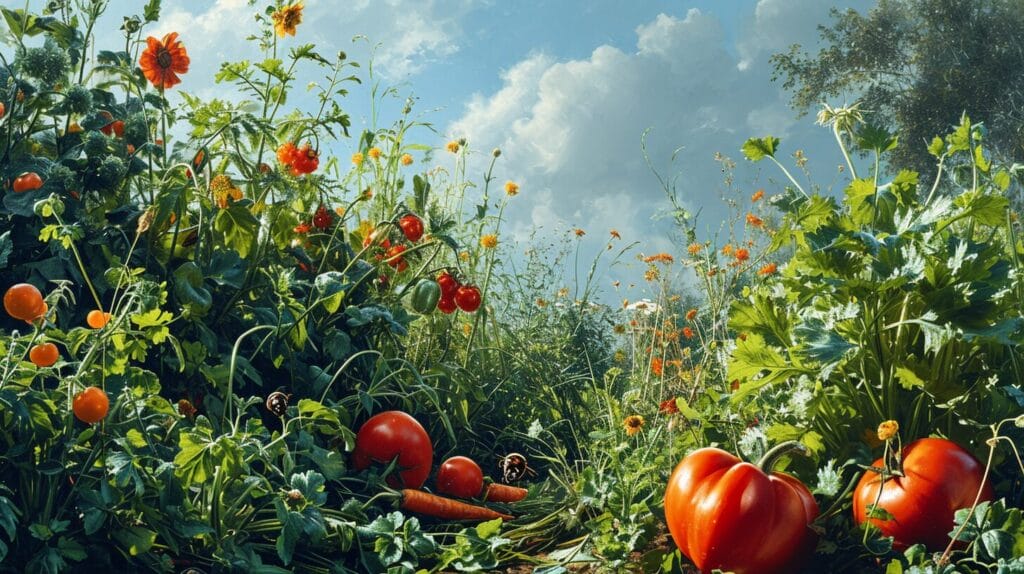
Cilantro, also called coriander, finds excellent kinship in plants like parsley, dill, and a range of flowers, designed to produce a symbiotic environment where plants mutually support one another. Parsley and dill, sharing similar needs with cilantro, help resist common pests. Marigolds and nasturtiums, while adding beauty, actively repel unwanted insects, attract beneficial ones, and provide shade for cilantro.
By carefully selecting the right companion plants such as two plants that complement cilantro, you encourage natural pest control and create a protective plant community.
Potential Pitfalls: Worst Companion Plants for Cilantro

Just as some plants support cilantro’s growth, others can hinder it. It’s crucial to avoid any plants that may not provide shade to cilantro:
- Fennel is one of the flowers to plant along with cilantro.: It secretes substances that inhibit cilantro’s growth.
- Lavender: Competes for sunlight and root space.
- Potatoes should be avoided to planting next to cilantro.: Attract pests that also target cilantro and can disrupt soil structure.
Avoiding these plants ensures that your cilantro, also known as coriander, and garden thrive.
Optimizing Garden Layout for Companion Planting with Cilantro
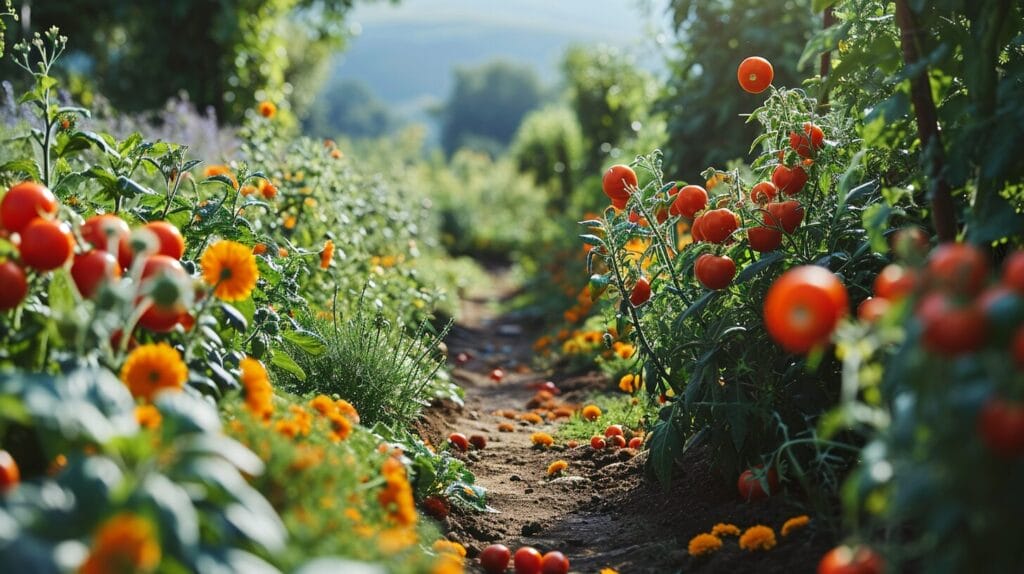
To maximize yield, strategically arrange cilantro and its companions, like certain plants that offer mutual benefits, to leverage these advantages. Select plants with similar sunlight and soil preferences to avoid competition, ensure coexistence, and provide shade to cilantro. Remember to give each plant enough space for growth while keeping them close enough to enjoy shared benefits.
Mastering the Art of Cilantro Companion Planting: A Step-By-Step Guide
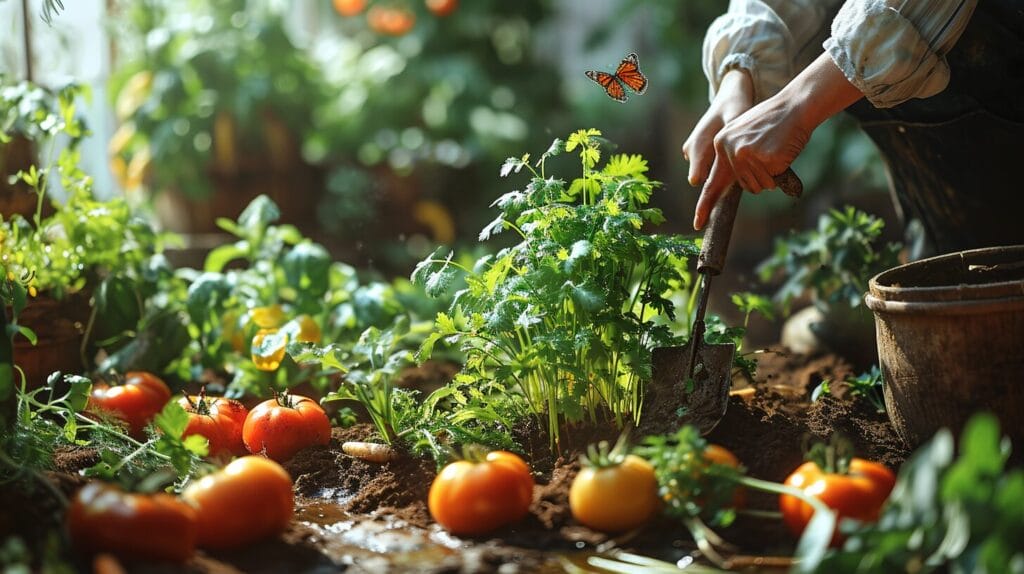
- Choose Your Companions Wisely, Some plants might compete with cilantro.: Select plants like tomatoes, peppers, and spinach that share water and light requirements with cilantro.
- Planting Cilantro Near Its FriendsGive each cilantro and companion plant a space of 6 to 8 inches apart for proper airflow and growth, considering that cilantro prefers these conditions.
- After-care for Thriving Plants like cilantro involves regular monitoring and maintenance.: Regular watering, occasional fertilizing, and pest management are essential for healthy plants like cilantro.
Embrace companion planting for a self-sustaining garden ecosystem where cilantro can help improve the overall health of the garden.
Can Hydrangeas and Cilantro be Planted Together in a Garden?
Yes, hydrangeas and cilantro can be planted together in a garden. Hydrangeas prefer shady and moist conditions, while cilantro thrives in partial shade and well-drained soil. When transplanting hydrangeas, follow a success guide to ensure healthy growth. With proper care, both plants can coexist harmoniously in a garden setting.
Conclusion
By understanding and implementing cilantro companion planting, you’ll enjoy a pest-free, lush garden. Remember to pair cilantro with compatible plants, avoid its growth-inhibiting foes, and follow the steps to ensure your cilantro prospers.
Harness this guide to metamorphose your garden and relish your success as you grow cilantro close to its companion plants, which grow beautifully!
Frequently Asked Questions
How can I grow cilantro in my garden?
Cultivating cilantro in your garden is quite straightforward; cilantro prefers certain conditions to grow best. Prepare the soil by adding organic matter to improve its fertility before you plant it alongside cilantro. The soil should be well-draining.
Plant cilantro seeds about 1/4-inch deep, and space them around 6-8 inches apart because cilantro plants require ample space to grow. Ensure your coriander gets full sunlight to partial shade, and water them regularly.
What are the best cilantro companion plants?
Several garden plants, including those that provide shade to cilantro, can be excellent companion plants to grow alongside cilantro. Some of the best plants include dill, spinach, lettuce, and cilantro also attract other beneficial plants. Additionally, herbs like basil, parsley, and tomato also work well when planted near cilantro, providing mutual benefits like attracting beneficial insects, deterring pests, and providing shade for cilantro.
How do I use a companion planting chart for my cilantro plant?
A companion planting chart can provide guidance on which plants grow best next to each other. For example, it will show that lettuce, peas, and beans are great companions for cilantro, while potatoes are not. A companion planting chart can also suggest which plants may deter pests that could harm the cilantro plant.
What flowers can I plant in my garden that will grow well with cilantro?
Flowers like marigolds and nasturtiums are great companions for cilantro as they provide the benefits of companion planting. They attract beneficial insects that aid in cilantro’s growth and deter pests. Additionally, their vibrant colors add to the aesthetic value of your garden.
Do pests affect cilantro? What are some natural ways to protect my cilantro plant?
Yes, cilantro can attract certain pests like aphids and whiteflies. However, the use of companion plants such as dill, marigold, and others can help ward off these pests from cilantro leaves and help cilantro grow better. These plants emit smells and chemicals that deter pests effectively.



